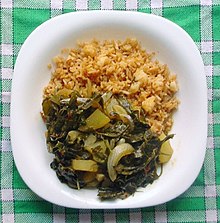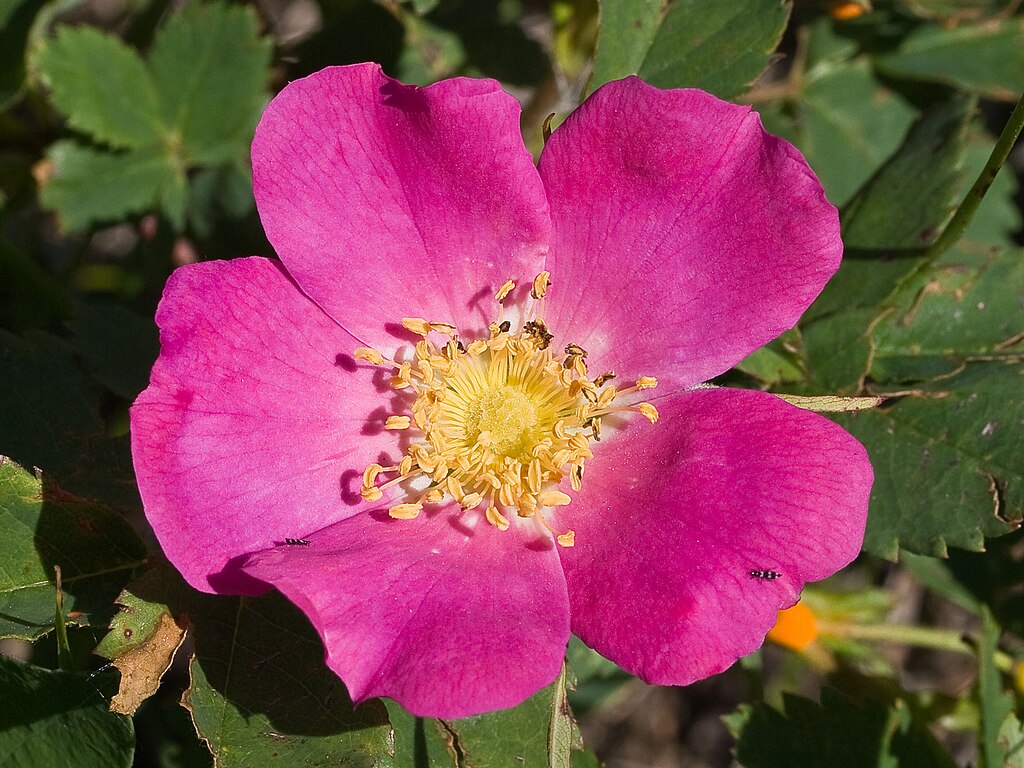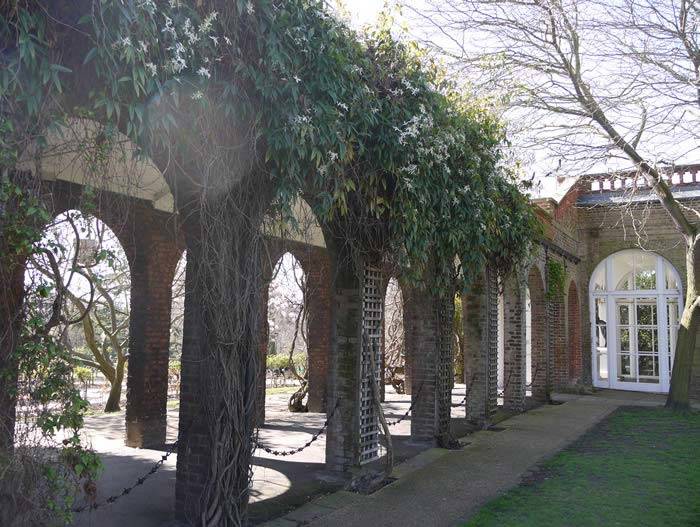"Transplant (recommended): Sow 8-10 weeks before planting outside. Transplant into cell packs or larger containers after the first true leaves appear, 30-40 days after sowing the seed. Harden off and transplant outside in late spring or early summer.
Direct seed: Sow in spring when soil is warm, 65°F (18°C). Sow in groups of 3-4 seeds, 1/8" deep. Thin to one plant. Sow in the fall to allow the oscillating temperatures and natural rain to stimulate germination."
10-15 days at 70 degrees
spacing is 18-24 and it is a perennial that can be divided when they look crowded. I may be best grown in a natural setting where grass may even occur. Mow prior to left out as it will come up from root so you will have to watch them. Otherwise can be grown in a bed and just wait to weed until leaf out. They like rich soil. I have 4000 seed
Seed germination occurs best with daily temperature fluctuations[4] or after stratification,[12] which help to end dormancy. Seeds may be started indoors in advance of the growing season or outdoors after the growing season has started. so perhaps can cook in day and out at night to get cold.
'via Blog this'












 "Toyon, or as it's sometimes called, Christmas Berry, is an evergreen shrub to small tree that usually grows to 6-8 ft. high and 4-5 ft. wide. Toyon can go to 15-20' tall if it's old and happy and become a delightful evergreen multi-stemmed tree with white flowers in summer and red berries in winter.
"Toyon, or as it's sometimes called, Christmas Berry, is an evergreen shrub to small tree that usually grows to 6-8 ft. high and 4-5 ft. wide. Toyon can go to 15-20' tall if it's old and happy and become a delightful evergreen multi-stemmed tree with white flowers in summer and red berries in winter.
 bigflower Tellima (Tellima grandiflora) is a native perennial herb in the Saxifagiaceae (Saxifrage) family that grows in central and northern California, from Santa Cruz northward. It is found in the Coast Ranges and northern Sierras. It tends to grow in the moist shade of evergreen forest at elevations from sea level to 5,000 feet. The basal leaves resemble Heuchera and other plants in the same family. The leaves and inflorescence are somewhat hairy. The spike-like raceme carries numerous red, pink or white flowers that are small and ephemeral but very attractive. It would be a good addition to the understory of a woodland garden."
bigflower Tellima (Tellima grandiflora) is a native perennial herb in the Saxifagiaceae (Saxifrage) family that grows in central and northern California, from Santa Cruz northward. It is found in the Coast Ranges and northern Sierras. It tends to grow in the moist shade of evergreen forest at elevations from sea level to 5,000 feet. The basal leaves resemble Heuchera and other plants in the same family. The leaves and inflorescence are somewhat hairy. The spike-like raceme carries numerous red, pink or white flowers that are small and ephemeral but very attractive. It would be a good addition to the understory of a woodland garden."



